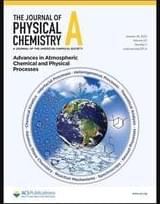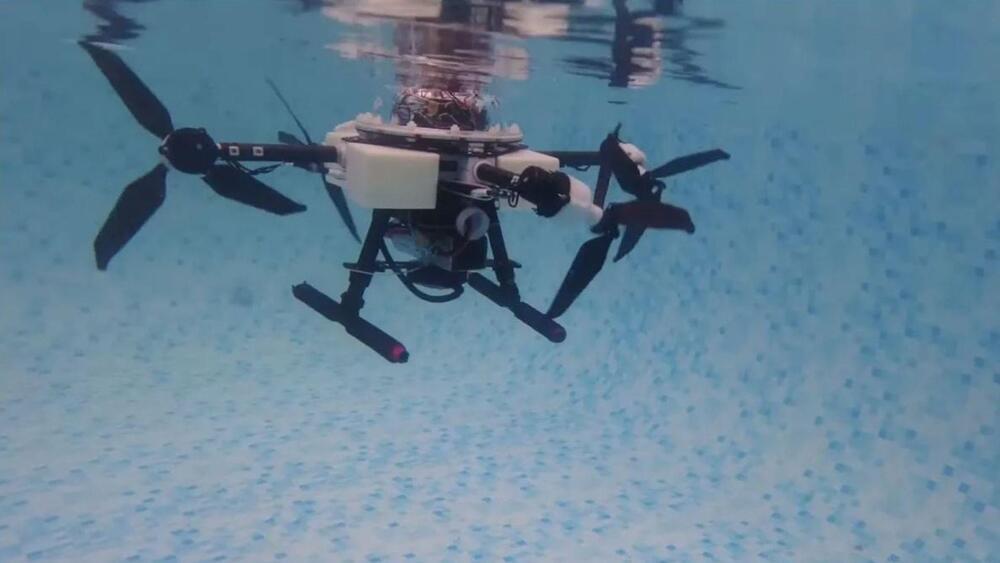Use words and images to generate new videos out of existing ones.
Realistically and consistently synthesize new videos by applying the composition and style of an image or text prompt to the structure of your source video. It’s like filming something new, without filming anything at all. No lights. No cameras. All action.
Request Access: https://bit.ly/3Hv6xgM






